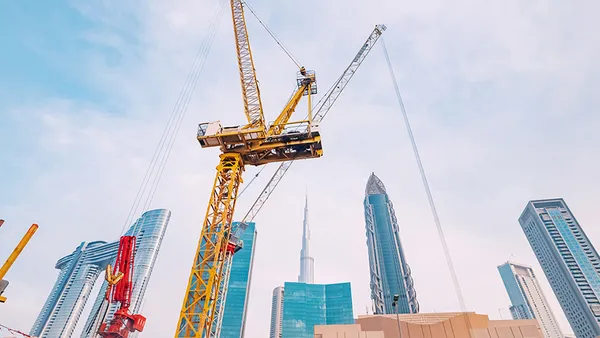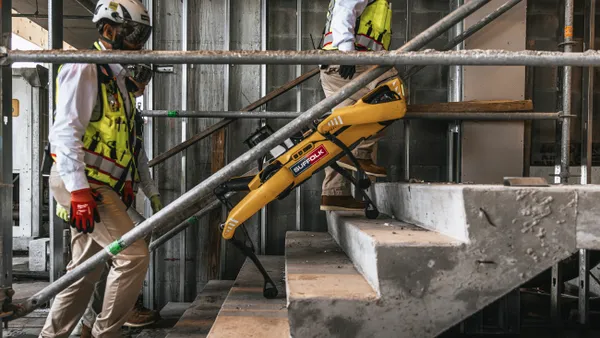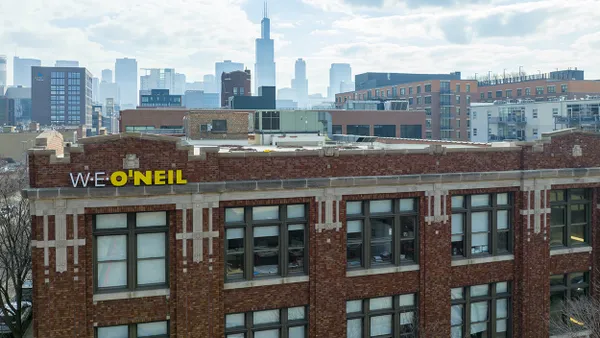Dive Brief:
- Architecture giant Gensler’s Design Forecast 2016 — which aims to predict factors in the community sector, workplace sector and lifestyle sector that will shape cities in 2025 — features more than 30 emerging sector trends and six megatrends that will cross all sectors to affect design on a large scale.
- Gensler's six megatrends are: a full integration of digital into daily life; 'smarter' environments; design that incorporates speed and seamless experiences; human-connected urban living; an emergence of digital/artisanal maker cultures; and a focus on health and safety.
- Through all of Gensler trends runs the thread of technology such as virtual reality, smart buildings and products, and consistency between online and offline worlds.
Dive Insight:
The move toward a more technological future is a trend echoed in the American Institute of Architects' report earlier this month, which found that technology innovations will play a key role in commercial design over the next decade.
In addition to the six megatrends, Building Design + Construction also found that there are an additional eight standout trends in Gensler's forecast that deserve a deeper look:
- People will take more of an active role in their own health and wellness, and hospitals will reflect a true collaboration between doctor and patient.
- Education will become more of a tailored experience based on student goals, with hybrid educational facilities to support career programs; interactivity; self-directed study; interdisciplinary STEM programs as well as traditional educational experiences.
- Technology companies will engage the 'whole worker' with a focus on sustainability, transit, housing, wellness and other social programs, thereby shifting and redefining the employer-employee relationship.
- In search of greater efficiency, government buildings will employ a greater use of technology to achieve functionality but will still pay heed to aesthetics. Gensler also said that the government will continue its shift to design-build and public-private partnerships to plan, build and maintain its facilities.
- Retail centers will offer a richer customer experience to lure online shoppers into brick and mortar stores.
- Sports venues will push the complete fan experience further with opportunities for fan engagement and entertainment. Stadiums and arenas will also be the testing ground for a new generation of wearable that can act as ticket, room key, map and credit card while at the event.
- Vertical living will become more popular, comfortable and high-tech with an emphasis on natural light and a facade that will become an integral part of the tower rather than just the skin.
- The suburbs will be transformed into centers of school, work and community, mimicking the atmosphere of an urban center and becoming 'uburbs.' As work style and lifestyle change and merge, the need for part-time housing will also emerge, and we will see mixed-use developments increasingly include a housing component.












